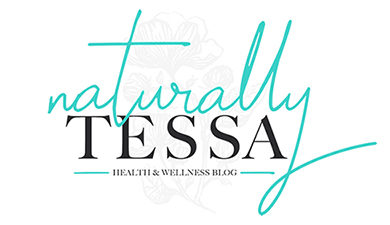
Exercise is as a benefit to both physical and mental health. The different types of exercise are numerous. During my twenties, participating in mud runs and races was my type of exercise. I trained weekly and I threw myself onto a mountain bike, ran a few miles, and got a little dirty. That is something I would not attempt today for exercise.
So how much exercise and what type of exercise is good enough to keep us healthy?
Physical Activity is Critical for Good Health
Studying about health and nutrition, one of the most important thing people can do besides diet is to get the right amount of regular physical activity.
It is most important with those with chronic disease or a disability to exercise to help maintain good health. The scientific evidence is strong between movement and managing symptoms for these individuals.
Some of the proven health benefits of exercise include:
- Improves sleep
- Helps with weight loss and management
- Strengthens muscles and bones
- Improves your mental health and mood
- Reduces the risk of certain cancers
- Increases insulin sensitivity
- Reduces cardiovascular disease risk
Amount of Exercise Needed — As Simple as a Walk in the Park
The Physical Activity Guidelines for Americans that is issued by the U.S. Department of Health and Human Services (HHS) have key guidelines for adults and how much exercise is needed to maintain good health.
For substantial health benefits, adults should:
Do at least 150 minutes (2 hours and 30 minutes) to 300 minutes (5 hours) a week of moderate-intensity exercises such as:
Moderate-intensity exercises include:
- Walking or jogging very brisk (4 mph)
- Some housework including vacuuming, gardening (yay!), mopping, etc. (perfect for those who stay at home)
- Swimming Leisurely
- Bicycling with light effort
- Ballroom dancing or dancing
- Using an Elliptical machine
OR
Do at least 75 minutes (1 hours and 15 minutes) to 150 minutes (2 hours and 30 minutes) a week of vigorous-intensity exercises such as:
- Running
- Fast cycling or biking
- Aerobics / Aerobic dancing
- Heavy yardwork like digging or hoeing
- High-intensity workouts
Below are some examples of activities that are considered exercise:

Muscle-Strengthening Activities for at least 2-Days a Week
In addition to aerobic exercise which may help the heart and lungs, adults should also do muscle-strengthening activities that involve all major muscle groups at least twice a week. This helps to strengthen bones, muscles, balance, and flexibility.
Some muscle-strengthening activities include:
- Yoga
- Pilates
- Climbing heavy stairs
- Lifting weights
- Heavy gardening
- Dancing
- Push-ups, sit-ups and squats
Exercise Plans are Individualized
The type of exercise should always be tailored to your individual needs. Those with chronic conditions and older adults have similar recommendations, but always seek the approval of your practitioner. It may be hard to participate in certain exercises, but the key is to get the body moving and find ways that are suitable for you.




Leave a Reply